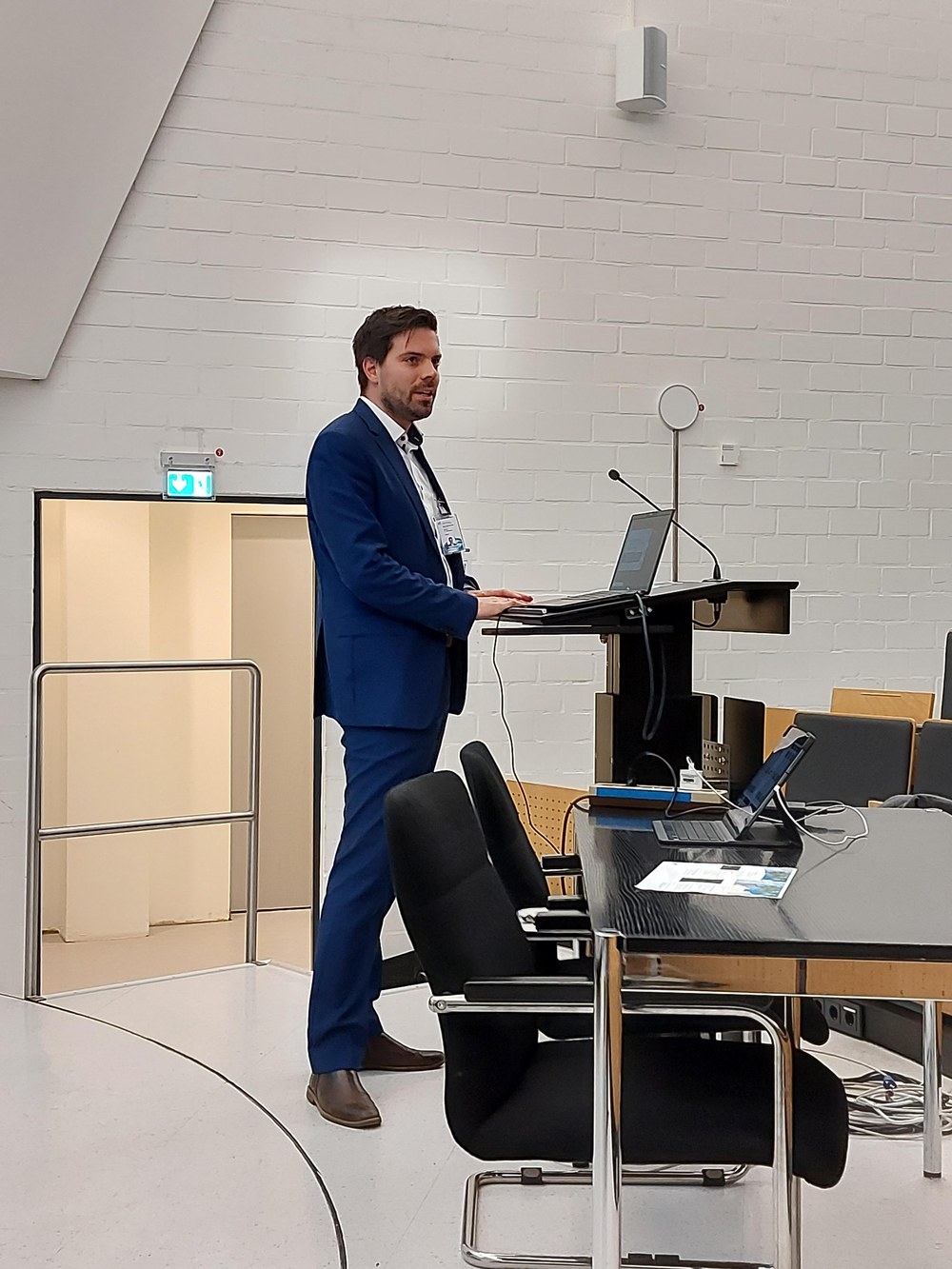Serendipitous science from asteroid Apophis' Earth near miss

Pravec et al. (2014)
Some people are uneasy about Friday the 13th – after all, it is popularly considered to be a very unlucky day. However, one catastrophe can be safely ruled out for Friday 13 April 2029: the collision of an approximately 350-metre-diameter asteroid, 99942 Apophis, with the Earth. Apophis (a so-called Near-Earth Asteroid) will come extremely close, passing by theEEarth at an altitude of just 31,750 kilometres – that's within the geostationary orbit in which most telecommunication satellites are located!
Shortly after its discovery in 2004, it was feared that Apophis' trajectory could lead to an Earth impact. The asteroid was therefore named after the Egyptian god of chaos and destruction. In 2021, optical and radar observations and precise orbit analyses led astronomers to conclude that there is no risk of Apophis hitting our planet for at least a century, including Friday 13 April 2029 when it will safely fly by.
Instead of a global catastrophe, the 'near miss' on 13 April 2029 presents a unique opportunity for scientific research and is therefore of extraordinary interest. The interaction of the asteroid with the Earth's gravitational field and the potentially induced changes in its physical and dynamic state caused by the Earth's tidal forces allow conclusions to be drawn about the structure and nature of such bodies. The Earth's tidal forces can potentially induce land slides and even changes in the asteroid's rotation. Precisely understanding asteroids like Apophis is of great scientific interest, but is also necessary to one day divert a truly dangerous object if it is found to be on a collision course with the Earth.

RAMSES and Satis: two mission concepts for exploring Apophis
The European Space Agency's (ESA) Hera mission is part of the joint NASA-ESA Asteroid Impact Deflection Assessment (AIDA) project, which aims to demonstrate how the orbit of an asteroid can be altered with a kinetic impactor. While Hera is being prepared for its launch to the Didymos double asteroid system in October this year – which was struck by NASA's DART mission in September 2022 – two possible concepts for a rendezvous mission to Apophis are currently being studied: Satis and RAMSES. Both missions could not only be used to visit Apophis but also to accompany it for an extended period, including during its close flyby of the Earth. The US aerospace agency NASA and the Japanese space agency JAXA are also interested in cooperating on the RAMSES mission. NASA will be investigating Apophis as part of the OSIRIS-APEX (OSIRIS-APophis EXplorer) mission, although it will not arrive at the asteroid until after it has passed by the Earth. OSIRIS-APEX will therefore not be able to observe the original state of the asteroid and possible changes to it during the flyby.
The advantage of RAMSES is that the concept is based on components that have already been developed and tested for the Hera probe, which minimises the development time. This would maximise the possible benefits from the development of Hera, combined with an extraordinarily exciting scientific objective. Satis would be the 'cheaper' mission, as it is based on the CubeSat concept, but some of the components require further development.

DLR, Shape file Apophis: Pravec et al (2014)
Workshop im DLR zu möglichen Missionsbeiträgen

To ensure the greatest possible scientific return from an ESA-RAMSES mission, potential contributions were discussed at two workshops: one held in December 2023 with mainly German participation; and an international workshop that took place over 5-6 February 2024 at the German Aerospace Center (DLR) in Cologne.
Around 70 participants attended the two-day workshop from more than 10 ESA Member States, registering a total of 30 presentations. It was clear that a wide variety of scientific payloads could be considered for RAMSES, from orbiting instruments to compact landers. The great response to the workshops underlined the outstanding interest from the German and European scientific community in an Apophis mission, providing a sound basis for further mission planning and offering a forum for dialogue and networking within the asteroid science community.
The next workshop on the exploration of Apophis will take place in April 2024 at ESA's European Space Research and Technology Centre (ESTEC) in Noordwijk, the Netherlands. While the results of the previous workshops and possible instrument participation will play a central role and will be discussed further, discussions will not be limited to RAMSES and Satis, but will combine all possibilities for investigating Apophis. Stay tuned to this blog where Apophis science developments will continue to be reported.
Tags:
